Gianni Jetzer, the curator of Art Basel’s section for supersized sculptures, installations and performances, describes it as a “brutally honest group show”. The 75 artists’ projects selected for this year’s Unlimited are, like the seven previous editions Jetzer has overseen, drawn from applications from the fair’s participating galleries. “It’s not about the curatorial concept,” he says, but about corralling disparate practices within the vast fair in a way that maintains “a certain contact” between the works, while allowing each to inhabit “its own eccentric universe”. Here, Jetzer, the curator-at-large at the Hirshhorn Museum and Sculpture Garden in Washington, DC, takes us on a tour of six highlights from his eighth and final Unlimited.
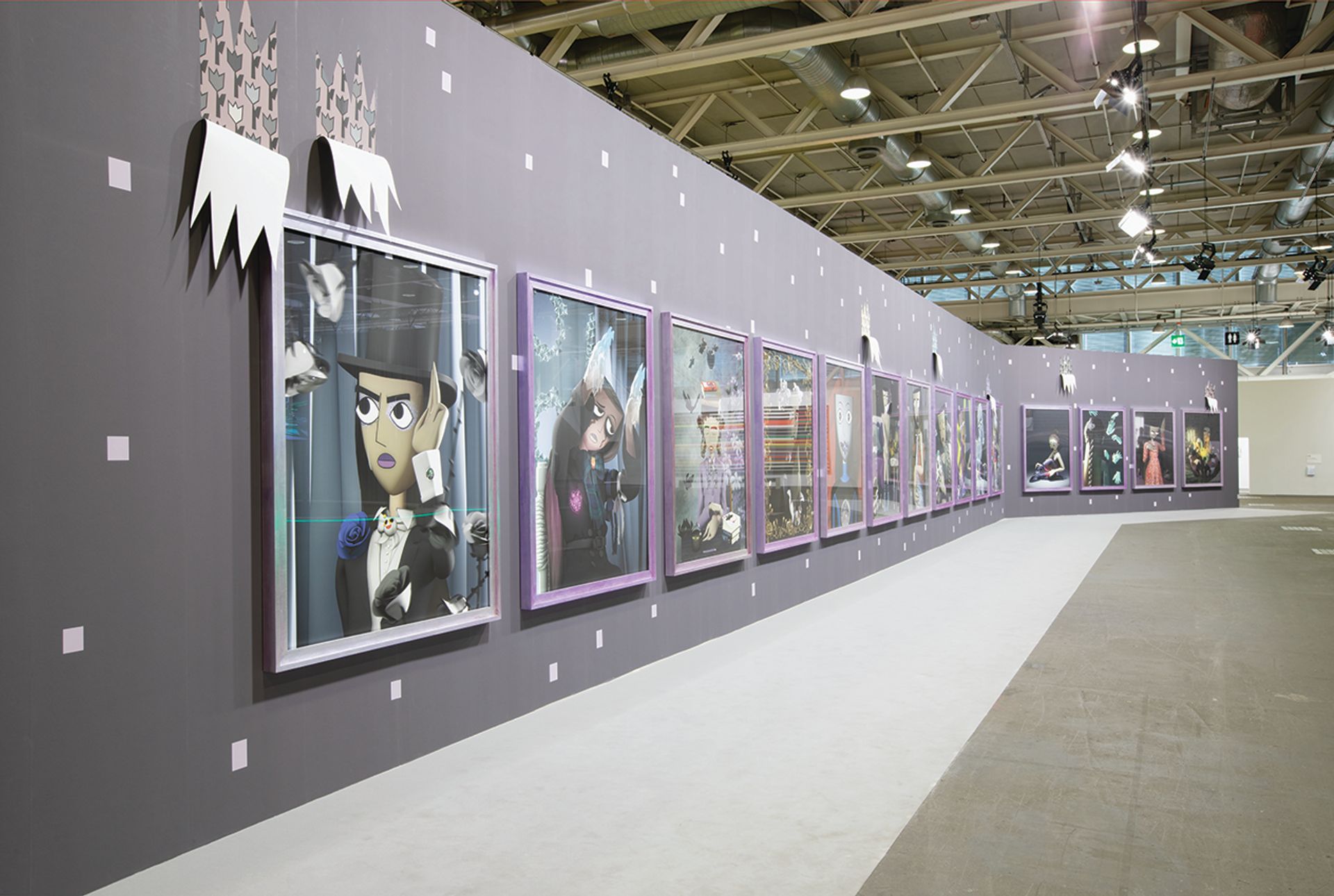
Bunny Rogers, Self-portrait as Clone of Jeanne d’Arc (2019), Société: “It’s great to have a new work that was created for Unlimited. This piece has the classic format of the portrait gallery and you also recognise iconographic references to popular culture, like the Silence of the Lambs poster. The piece is part of a larger complex of works on the Columbine High School massacre, where 15 people died. The massacre has also been seen as a counter-revolutionary attempt to fight the system; teenagers started to idolise the killers, so Rogers refers to the whole complex of perception of those events. But it is also a monument through this number of 15 portraits to the 15 young people who died.” Photo: David Owens
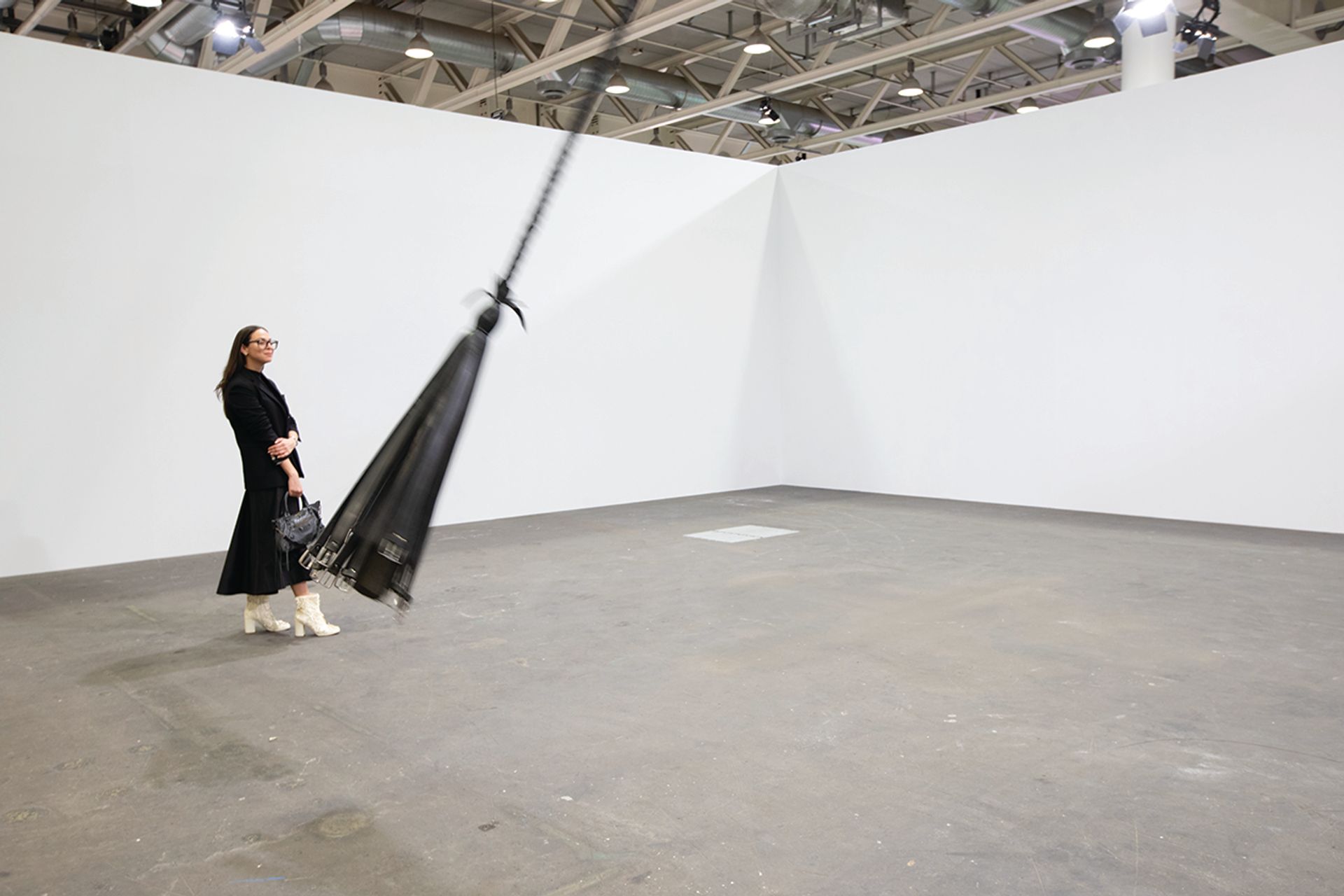
Monica Bonvicini, Breathing (2017), Galleria Raffaella Cortese/Galerie Peter Kilchmann/Mitchell-Innes & Nash: “Monica Bonvicini has programmed a broom made of leather belts to do a mechanical ballet that lasts nine minutes. It kind of provokes you to approach it and try to anticipate what will happen next. The leather belt was used in the past as a punishment device that somehow has a connotation of male power. In German we also have the saying “to sweep with an iron broom”, which means making a tabula rasa to start something new. I think the broom is also a symbolic gesture of claiming space by a female artist. It’s a complex and dynamic claim that is constantly moving and changing its path.” Photo: David Owens
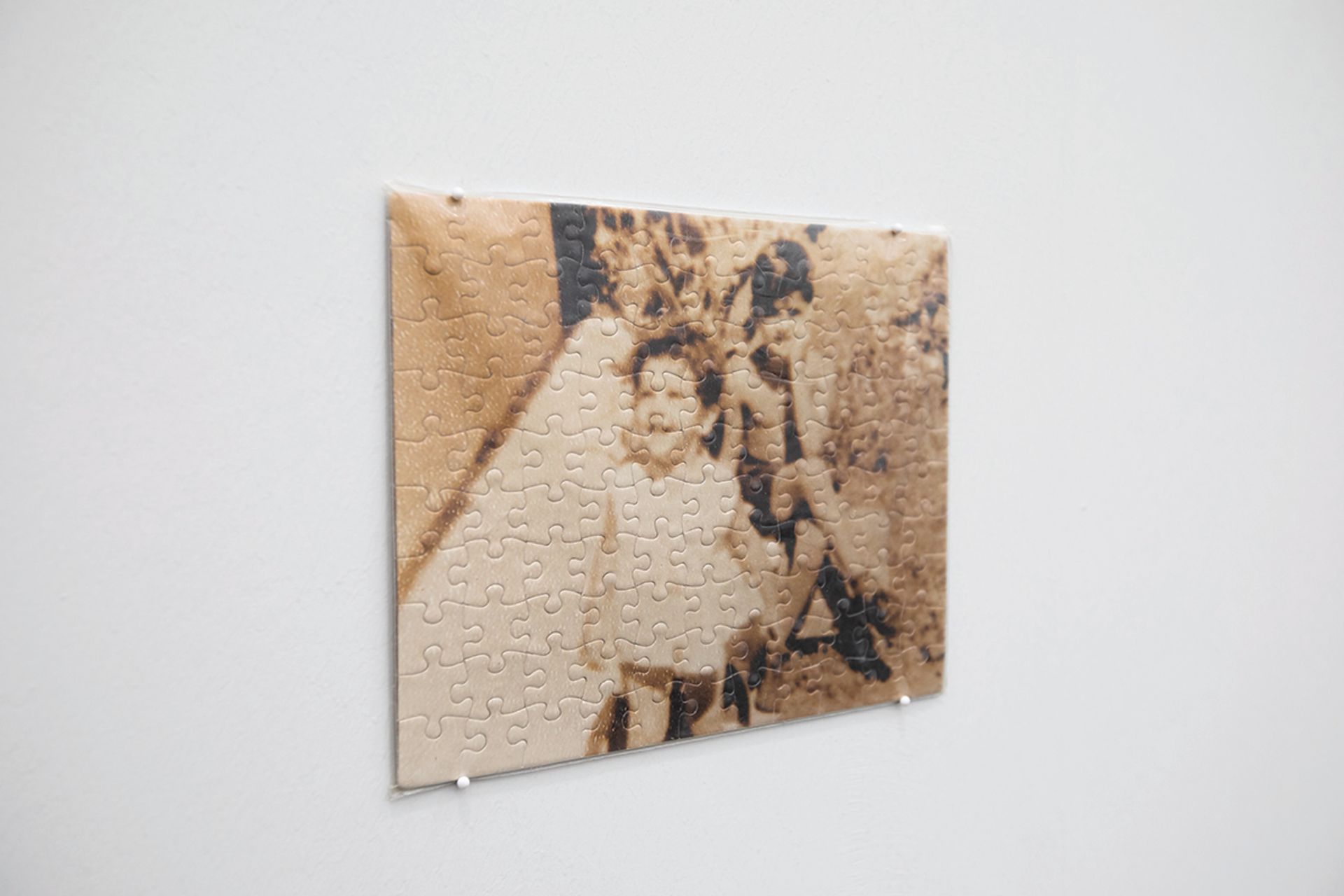
Felix Gonzalez-Torres, A complete set of Untitled individual puzzles (1987-92), David Zwirner: “Felix Gonzalez-Torres [who died in 1996] set aside one of each of his puzzles because he always understood that they would eventually become one work. This is the first time that the complete collection of 55 puzzles is shown together. Some of them stem from personal documents, some from found imagery or personal photographic images that he made and translated into this puzzle form, which fractures the image and gives it a kind of toy-like status. It’s a very utilitarian approach. The puzzle also has a symbolic value: it can be disassembled and then the image is no longer recognisable. The sum of the parts creates the full picture.” Photo: David Owens
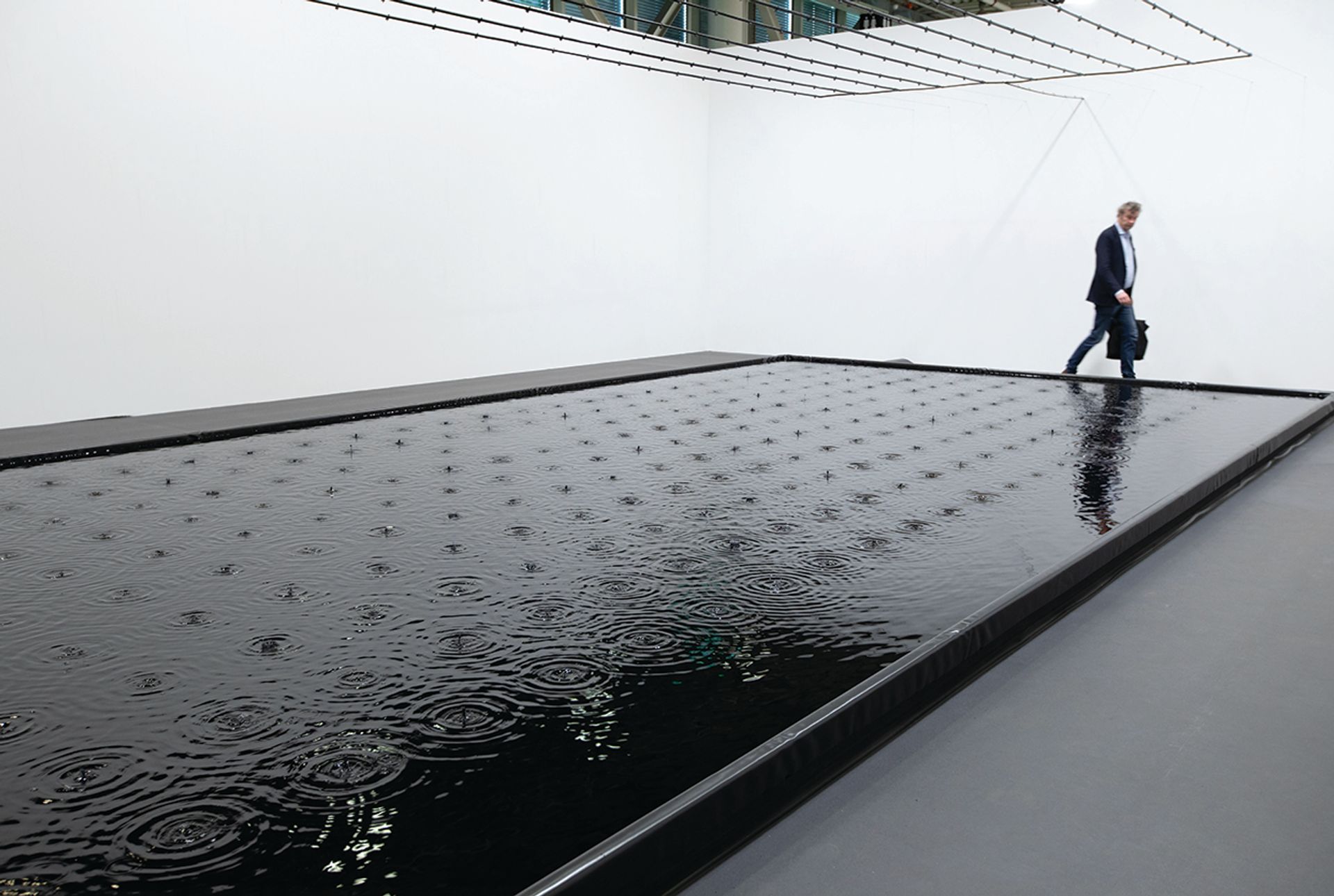
Belu-Simion Fainaru, Rose of Nothingness (2015), Galeria Plan B: “This piece by the Jewish-Romanian artist Belu-Simion Fainaru was inspired by a poem by Paul Celan where he describes black milk. It’s a fountain of black water that every now and then shuts off and becomes this perfect black mirror. The irrigation system is from Israel and is crucial for agriculture in countries that are too dry to grow anything for most of the year. It is a device to create life. The black water also reminds you of ink, becoming a strong symbol for writing history. It’s a device to frame the void, which can host different messages and meanings, or maybe just commemoration—of course, there’s also something melancholic about the black colour.” Photo: David Owens
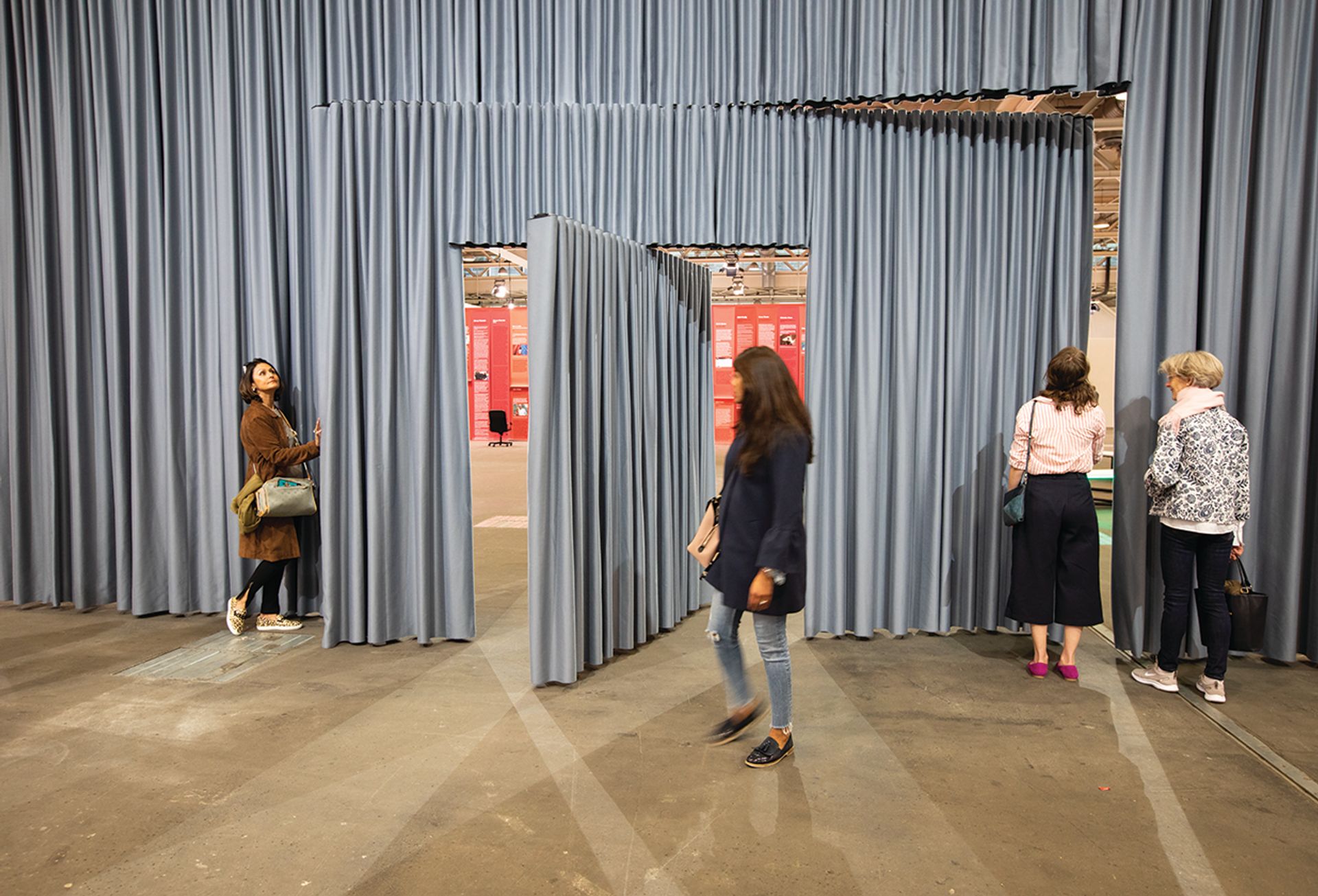
Renata Lucas, farsa (2019), A Gentil Carioca/Neugerriemschneider/Galeria Luisa Strina: “I very much like this piece, which undermines the function of the curtain. The curtain is always covering either a stage or a window. Here, it becomes a freestanding—or a free-hanging—sculpture, that is also kinetic. The viewer can participate, turning the inner parts into gates, so it completely mobilises the space depending on how visitors interfere with the curtain. I think it’s very simple and playful but incredibly elegant in its construction and presence. It’s great to have these kinds of pieces in the show because they vary the open space.” Photo: David Owens
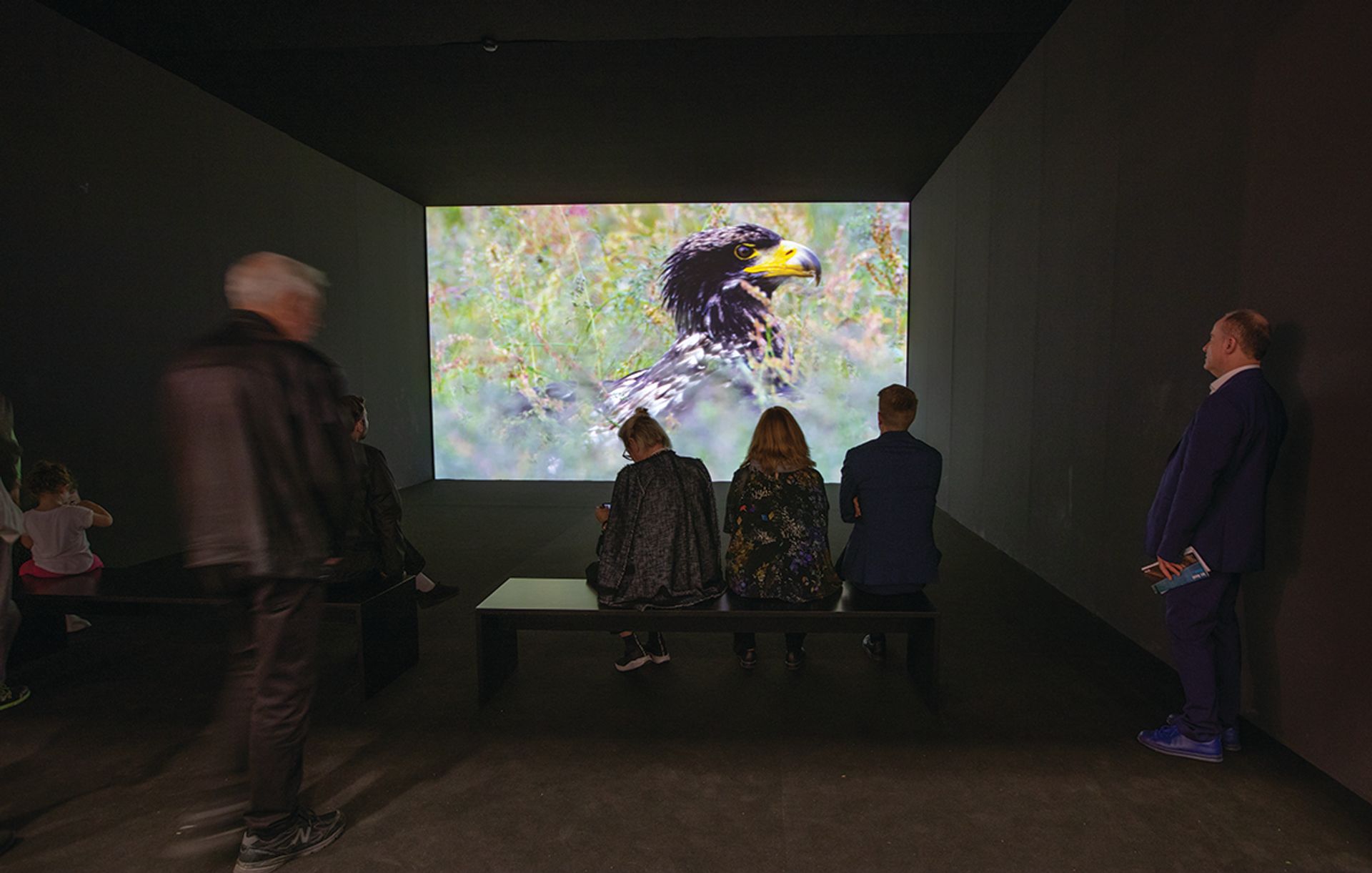
Mircea Cantor, Aquila Non Capit Muscas (2018), Magazzino: “This piece shows an eagle that was trained to catch drones. A drone is in a sense a technological bird of prey that can see very well and can fly in all configurations. We see the eagle’s capacity to learn about the drone and attack it in such a way that it doesn’t get harmed. It’s a beautiful tale of technology and nature. You could also think of it in the political sense that the eagle is the American national emblem and drones are increasingly used in warfare or surveillance.” Photo: David Owens
Bunny Rogers, Self-portrait as Clone of Jeanne d’Arc (2019), Société: “It’s great to have a new work that was created for Unlimited. This piece has the classic format of the portrait gallery and you also recognise iconographic references to popular culture, like the Silence of the Lambs poster. The piece is part of a larger complex of works on the Columbine High School massacre, where 15 people died. The massacre has also been seen as a counter-revolutionary attempt to fight the system; teenagers started to idolise the killers, so Rogers refers to the whole complex of perception of those events. But it is also a monument through this number of 15 portraits to the 15 young people who died.” Photo: David Owens
In pictures: melancholy fountain, curtain call and a broom with a view at Art Basel's Unlimited
Curator Gianni Jetzer shares the highlights of his eighth—and final— edition
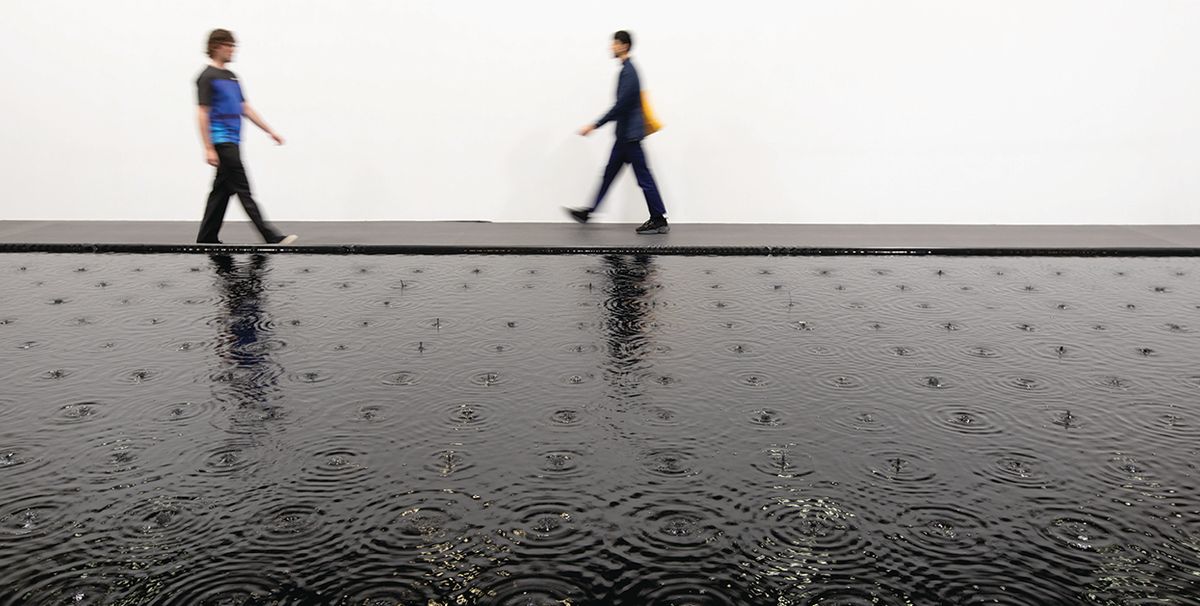
Belu-Simion Fainaru, Rose of Nothingness (2015), AT Galeria Plan B David Owens

